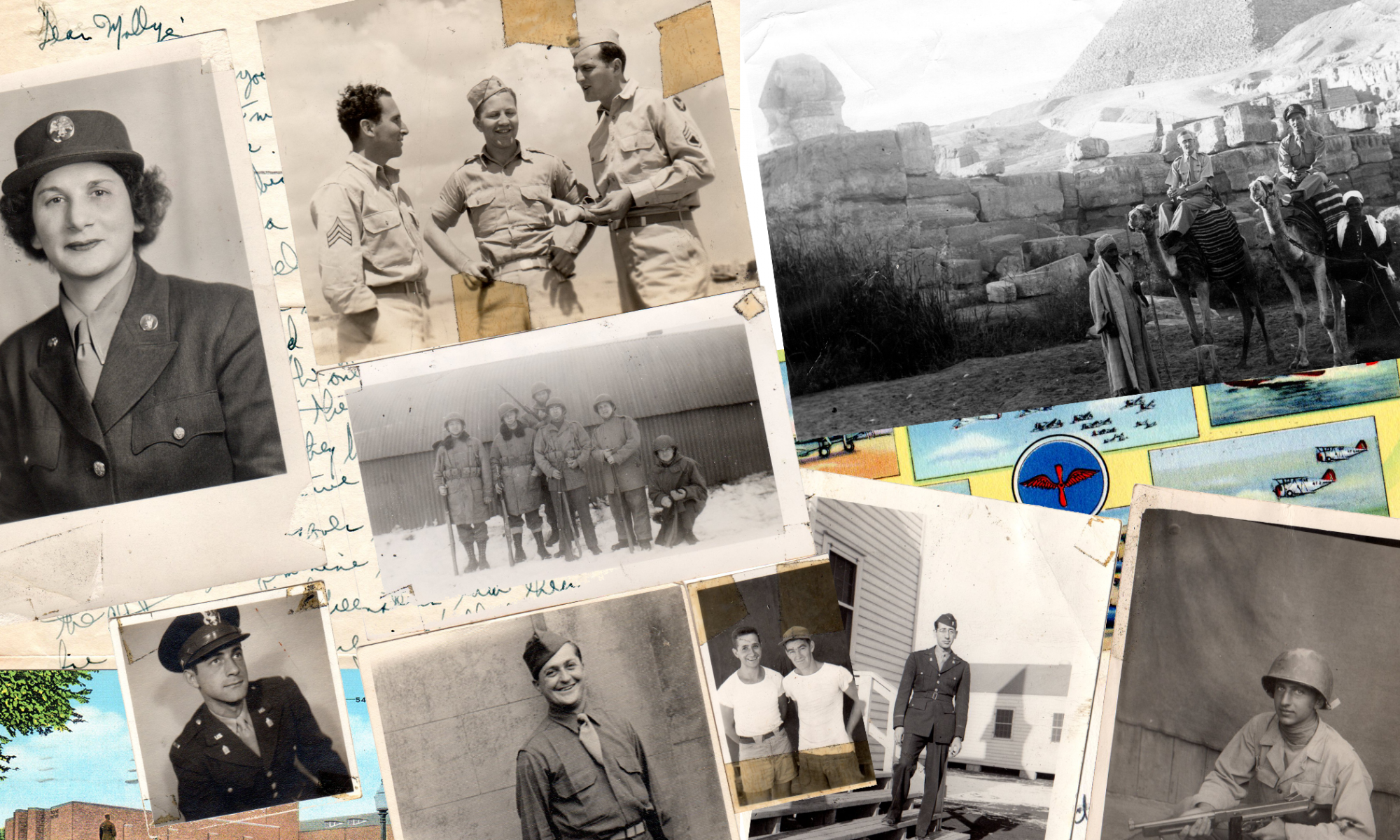As the Jewish Community Center Preschool approaches its second decade, its program and techniques keep pace with the advancing calendar.
This year for the first time the school is employing team-teaching on the kindergarten level. The arrangement works exactly as it sounds; two teachers jointly share responsibility for the long-range planning and daily activities of a single group of students. Each child in the class actually has two teachers; parent conferences prior to the opening of school and at the mid-year are scheduled with both teachers.
The team-teaching technique has been used successfully at the elementary level for some time now, but according to Mrs. Martin Yalisove, JCC Preschool Director, this is the first time that the arrangement has been employed at the kindergarten level in the Wilmington area as far as she knows. The obvious advantage of the team technique is the individual attention and instruction it can provide. The presence of two teachers permits a flexible program that can be altered at the discretion of the teachers as changing conditions dictate.
The Center’s move into the team-teaching field followed consultation with Marvin Balick, principal of the Lora Little Elementary School and with the Preschool Committee members, chaired by Mrs. Roger Pernick. Once the decision was made, the Center set about
to implement it with the proper teaching materials. The Campsite Manor House provides a room large enough for the different and changing groups the different and changing groups that are basic to team teaching. Special trapezoidal tables were purchased to facilitate the constant regrouping. Special screens and combination bulletin board blackboards are the “walls” that separate groups engaged in
different activities. Groupings differ for different activities and are often the product of random selection. They are constantly changing; as one child completes a workbook assignment in math readiness, he moves to another group that is reading aloud. At the same time, one child may be receiving individual instruction. From the standpoint of economics, team-teaching is costly. Last year the Preschool had two kindergarten classes with 20 children and one teacher in each section. This year the two kindergarten teachers, working as a team, have a class of 30 children, ten less than last year’s enrollment. Do the educational benefits of team teaching outweigh its expense? Although the evidence will not be in for final evaluation until the end of the school year, Deane Kattler and Edna Chaikin, the kindergarten “team,” would vote “yes.” But he emphasized the flexibility the system provides, enabling them to work with a small group or an individual child at a moment’s notice. The children have the experience of being part of a large group, but the individual child does not have to be turned away with a “Not now-I’m too busy.”
Although in some descriptions of team-teaching, each teacher concentrates on her “specialty,” Deane and Edna are generalists, doing everything. In this way, each child fully relates to two adults who can evaluate and meet his needs. Team-teaching requires close planning between the partners, but Mrs. Kattler says, “It’s so much more interesting.” She and Mrs. Chaikin plan loosely “from
holiday to holiday,” more specifically each week and faithfully evaluate each day and organize the next at the end of the session or before the start of the next. They believe that their close cooperation and interchange of ideas has made them more effective teachers.
The place of team-teaching in the future program of the JCC Preschool is uncertain. Next year, with the introduction of public kindergartens in the suburbs, the Preschool will offer classes for three and four year olds only. Perhaps a refinement of the team teaching technique can be equally advantageous for younger children, but a good deal of thoughtful analysis lies ahead for Mrs. Yalisove and her staff before that decision is made.


Jewish Historical Society of Delaware
Collecting, preserving and telling the history and stories of Delaware's Jewish community since 1974.



























